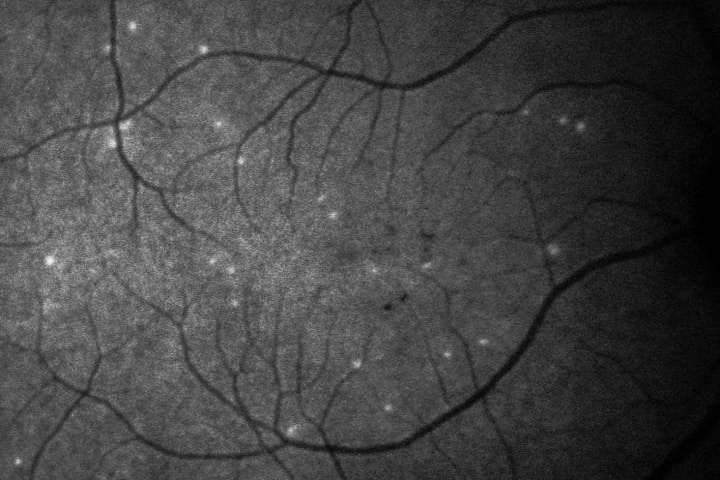Avrobio taps Magenta’s ADC in ongoing quest to improve gene therapy conditioning
Avrobio is working to make conditioning, a necessary step for some gene therapies, safer. But it’s not stopping at improving current approaches—the company is teaming up with Magenta Therapeutics to see if an antibody-drug conjugate can do the job.




















